- the articles explains the pitfalls encountered when implementing Screen Space reflections
- discusses special cases for a 2D game and presents what fallback options have been used if the information is not available
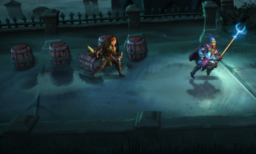
- the blog post provides an overview of ambient occlusion and what it approximates
- provides interactive examples to show the effect of screen space ambient occlusion
- additionally provides interactive examples to show the impact of different parameters for Ray-Traced Ambient Occlusion
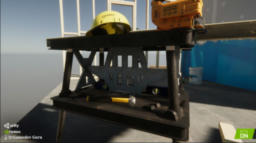
- the presentation explains how the raytracing for shadows has been implemented into Call of Duty
- covering acceleration structure separation, performance, denoising implementation, and supporting multiple local area lights

- the paper presents a new framework for layering and compositing of bump maps from different sources
- presents how to use the framework with different techniques, including volumes, decals, dealing with multiple UV sets, etc..
- demo code provided
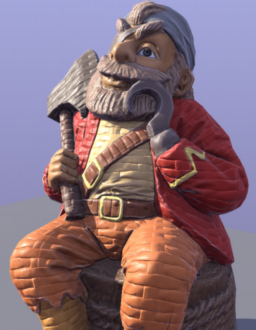
- the article presents how the precision HiZ tracing logic (used for screen space reflection) can be increased
- additionally also makes the technique more generalized
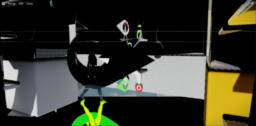
- the blog post explains the history of RLSL (Rust Like Shading Language)
- and how rust-gpu is the spiritual successor

- First public release of Rust-gpu, a new SPIR-V backend for the Rust
- post explains the motivation, current state, and planned scope

- the article provides a brief overview of scalarization and suggests an alternative approach
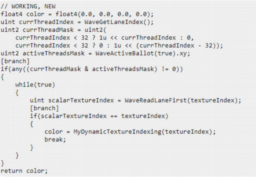
Thanks to Keith O’Conor for support of this series.
Would you like to see your name here too? Become a Patreon of this series.
